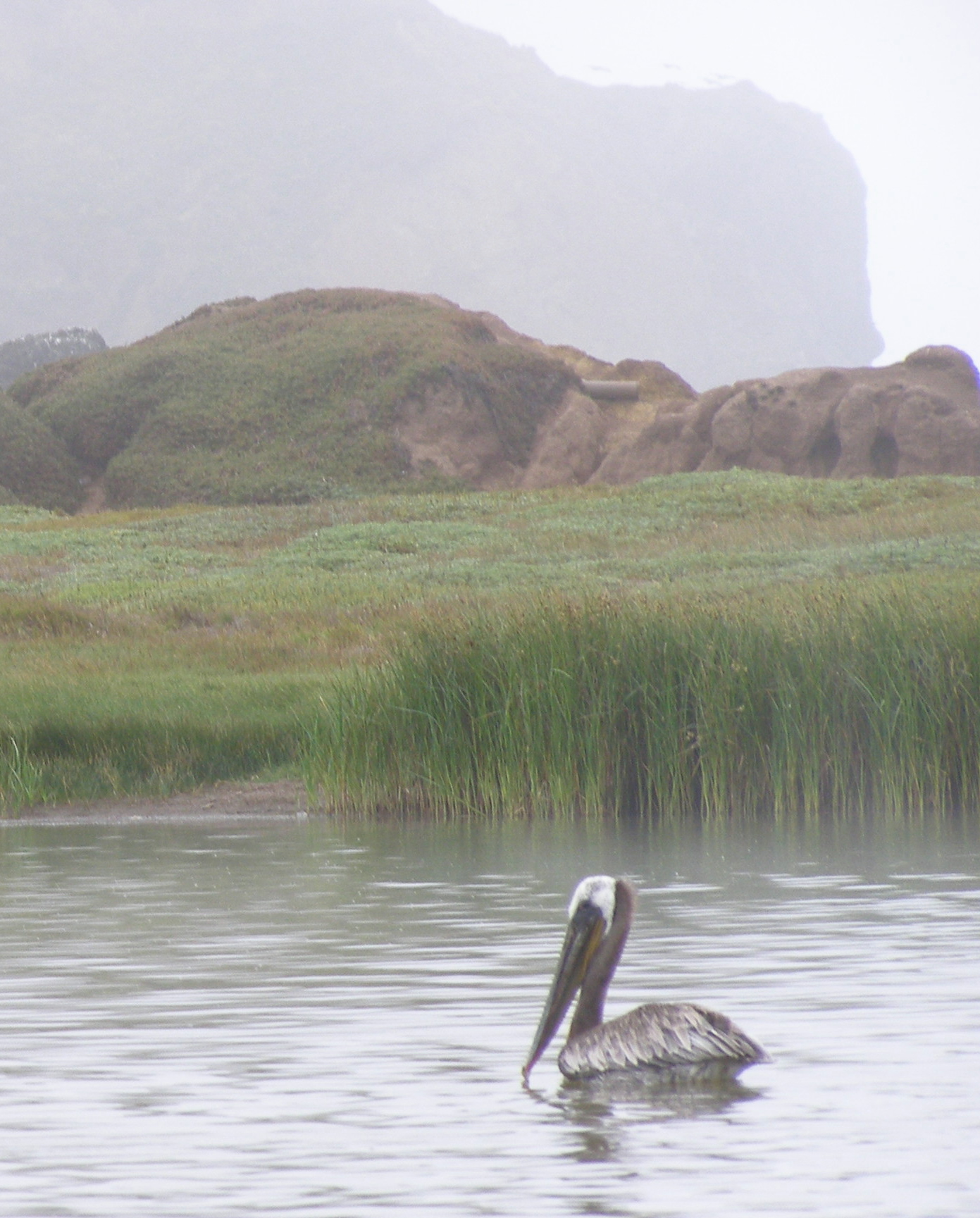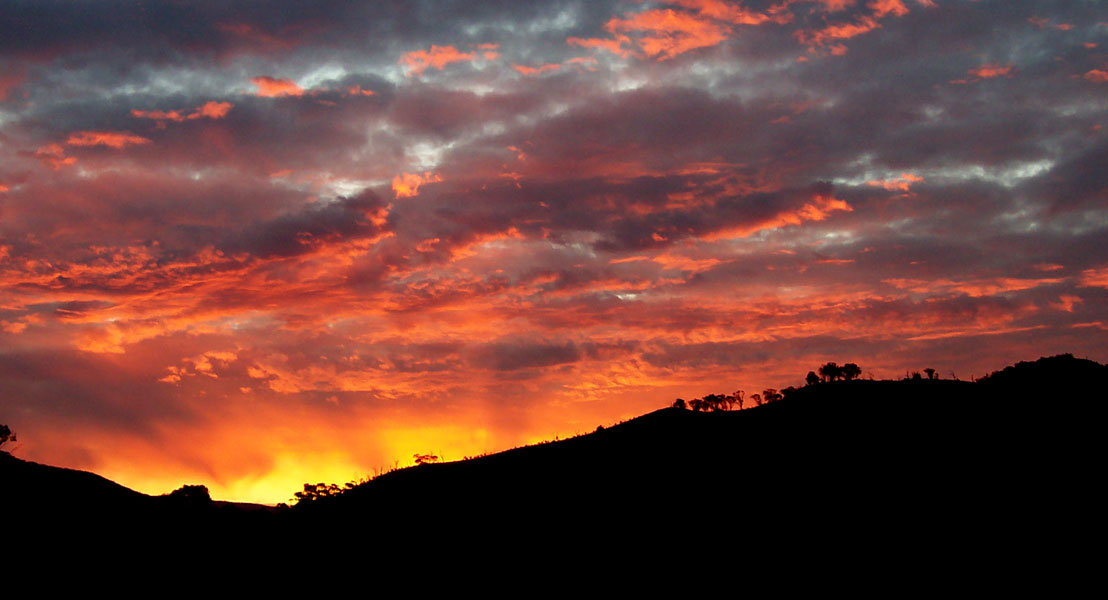Friends,
Happy Halloween.
Although Harbin Hot Springs was bought most recently in 1972 and was significantly shaped by that time and the countercultural language that emerged then, I have found that its pools can help facilitate eliciting the relaxation response in far-reaching ways, and more so and more often (in that they're always open) than, for example, in {Quaker} silent meeting. I enjoy this 'coming home' experience and neurophysiology a lot.
So, emerging from the early 1970s, Harbin has attracted the most colorful and varied folks ever imaginable, - wildly so, in some ways.... hippies, musicians, spiritual teachers, artists, hobos, flower children, free-lovers, vagabonds, astrologers, gypsies, (apple-raspberry) tarts, travelers, pool sharks, circus performers, jewelry makers, communards, comedians, Wavy Gray, the Green Tortoise Adventure Bus Line, swingers, Ken Kesey, Fritz Perls, Timothy O'Leary, jugglers, tripsters, mathematicians, writers, shamanic healers, and many other folks, esp. from northern California, etc. Anthropologically, as a participant observer, the 'relaxation response' (my language, and not language I've heard at Harbin, nor among Friends recently, - although I imagine Friends used this term in the 1970s about Friends' Meeting when the book was published) is for me central to the unique aspects of life that occur vis-a-vis the Harbin pool area and the pools. As two churches {Heart Consciousness Church (HCC) and New Age Church of Being (NACOB)} - which may have been started in hippie-fashion - but which have led to a beautiful Harbin and its beautiful temple et al., Harbin probably shares similarities with early Quakers' processes emerging from Cromwellian England, but in Harbin's instance out of the freedom-seeking movements of the 1960s and 1970s.
Harbin's simple rooms and rustic facility, as hot springs' retreat center, remind me a little of Pendle Hill, a Quaker Center for Study and Contemplation, near Philadelphia, PA, although Harbin may have been more variable in terms of cleanliness in the first 30 years of its history.
Having lived outside - while hiking the Pacific Crest Trail for 4 months one year and 1 1/2 months 2 years later, and enjoying rustic (simplicity, in a Quaker sense) aspects of travel - I find Harbin uniquely comfortable in the winter, even while camping, because the pools are warm, there's a community kitchen, and there are warm spaces to hang out in. I'm not sure when you visited, but I think that Harbin's buildings, etc., have improved over time.
I read and enjoyed Jeffrey Kripal's "Esalen: America and the Religion of No Religion" after you mentioned it last fall. I'm writing an ethnography of Harbin - my field site - with the intention to create virtual Harbin as a form of ethnographic representation, and as a comparable virtual field site. Examining the distinctions between virtual and actual raises fascinating anthropological questions.
I'm also curious to explore how one might begin to represent the beautiful aspects of Harbin in a virtual world, in order to help elicit, Harbin-wise, the benefits {clothing-optional and open-ended sociality} of the relaxation response, in one's own bathtub {where one can control the temperature}.
~ Plant Trees Scott
*
...






.jpg)









